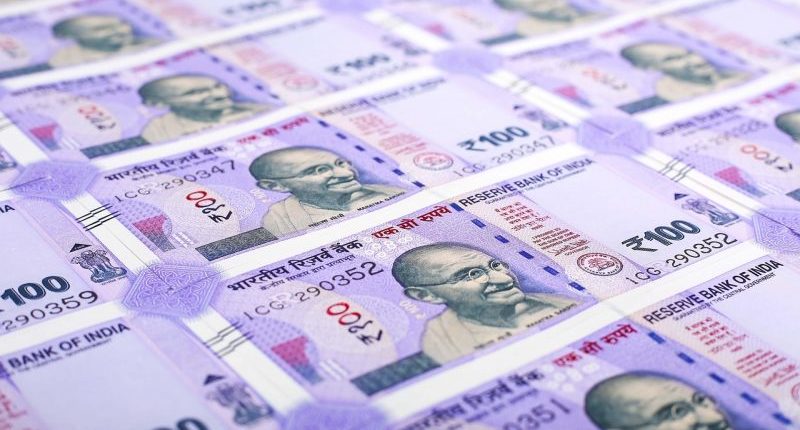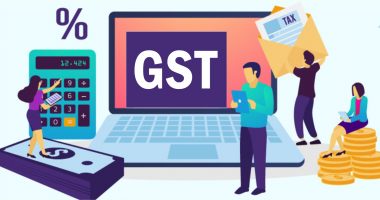The proposal of the new Goods and Services Tax (GST) forms is set to bring an end to the most widely used tax evasion method – claiming a refund with respect to tax that was not paid in the first place. The new forms are set to roll out soon, and large businesses will start with these forms first.
From now onwards, companies will not be able to claim any of the tax rebates they are not eligible for by providing the invoices that have been issued via the vendors.
Under GST, only margins that a business claims or the amount of value addition will be taxed during the supply chain. This is done by giving credits to a business for taxes paid earlier based on raw materials and services. Experts believe that the tax credit system in GST is better in comparison to what existed during pre-GST; however, it was not perfect. The proposed new GST forms aim to remove this con.
Businesses were supposed to start filing the new GST return forms beginning from 1 July. However, the date of the rollout will now be extended. The rollout date is being revised to prevent any disruption and to help small businesses get additional time to get on board. The final roll out date is likely to be decided in the following GST Council meeting.
Before GST implementation, businesses had to pay service tax, excise duty, and value-added tax (VAT). On the other hand, buyers could claim for credits concerning taxes paid on services and raw material based on the hard copy of the invoice given out by the seller. Currently, the seller needs to upload the transaction details that are shown in the buyer’s electronic credit ledger.
Nevertheless, availing this credit depends on self-declaration. Subsequently, the authorities can verify at any given point in time. Once the new forms are rolled out, a self-declaration will not be needed. Also, mismatches between credits uploaded by the seller in the GSTN Portal versus what the buyer has claimed will get eliminated.
During the pre-GST period, it was not possible to check electronically if the credit taken by a business was correct or not. However, the present GST system is an improved version because now the tax authorities can electronically check whether credit taken by a business is valid or not. As per the new GST return forms, a business can take credit only based on transaction details a vendor uploads.
The most common practice used for tax evasion is by claiming a false tax credit. The other methods for tax evasion include merchants gathering taxes from end consumers, but not forwarding it to the exchequer and selling without issuing invoices, also by claiming false tax credit via fake invoices. The new GST return form, however, does not imply that businesses will need to give in less information.




